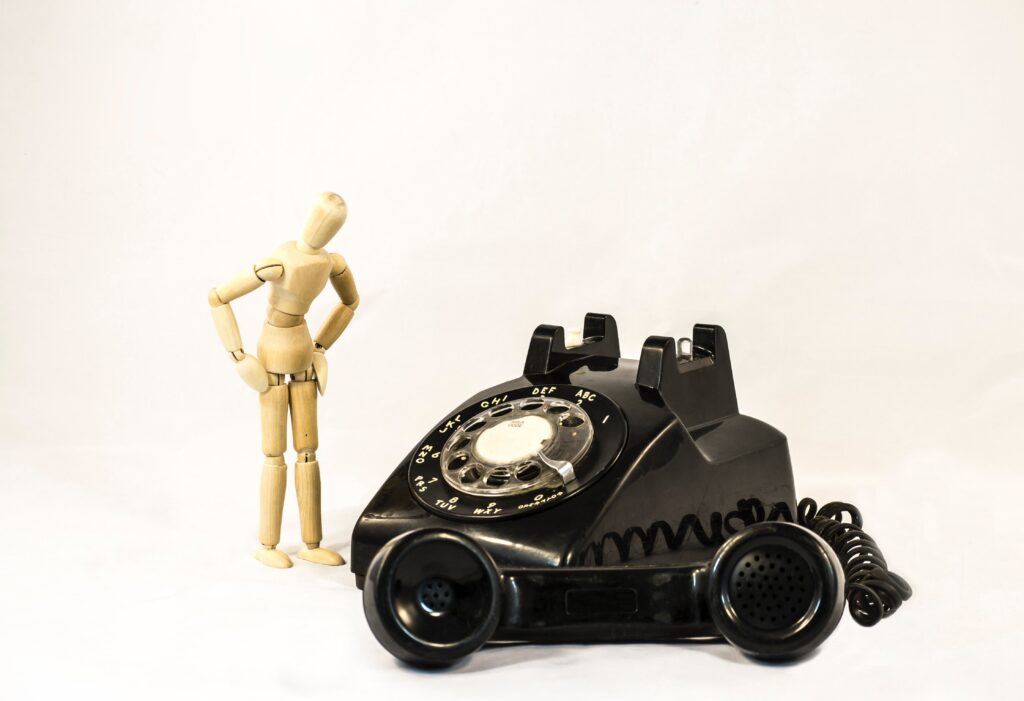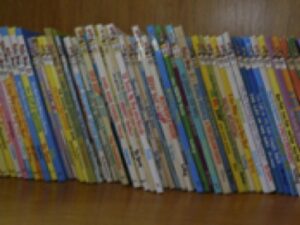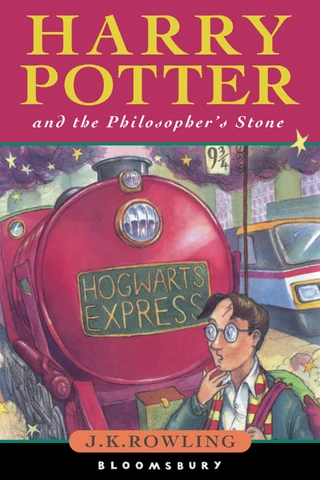Mariana Martinez
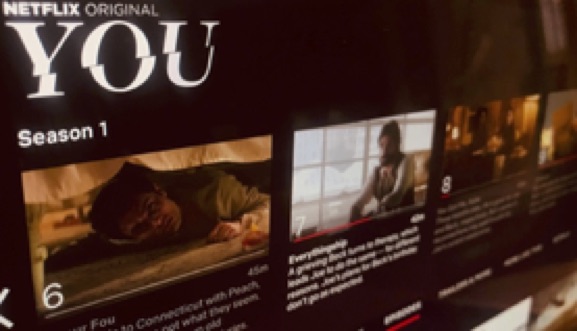
Do something for me. Go on, open the streaming site Netflix (http://www.netflix.com) in your closest device; if you don’t have an account, annoy your friend until they let you use their account and enlist them for this experiment. Now, select the new show YOU and – this is the most important part – randomly choose an episode. It cannot be the first one, and preferably not the second one either. Once you have done this, enjoy!
Okay, some of you reading this will be already horrified at the idea of doing such a thing, you just feel it’s wrong. For the brave, naïve souls who actually did it, chances are that you had no idea what was going on, you didn’t know if the protagonists are good or evil, and there were scenes you were sure were meant to shock or move you, but the moments simply fell flat in the midst of all that confusion. This is because YOU, like most television shows nowadays, is serialized – its plot is continuous and unfolds throughout multiple episodes in a chronological manner – as opposed to the episodic shows – where each episode has a self-contained plot, as in procedural shows. Because serialization has become the standard, we often forget that television experience has been turned upside down in the past decade. Now, by using this show, let’s explore what these changes are and how they influence the way we watch television.
First, YOU was produced by Lifetime where an episode was streamed weekly, but it wasn’t until it was bought and the ten episodes were dropped on Netflix that it became an international sensation. This is, in part, because the show is an adaptation of the 2014 novel of the same name written by Caroline Kepnes, and therefore the series is structured like a book, where the story expands throughout the whole run, with each episode ending in a cliff-hanger that compels you to continue watching. Netflix, then, provides a similar experience of reading a novel because all the content is available at once and it is up to us, the audience, to decide when to watch the episodes.
In the first few minutes of the pilot, Joe Goldberg is narrating the story to a person that soon is revealed to be his romantic interest, Beck. Beginning with their meeting, we follow Joe in his obsessive efforts to ‘get’ and ‘protect’ her, and the obstacles that are put in his way. The plot itself is innovative because it twists the conventional romance, but it is the serialized format of a television series that gives YOU – which could have been translated to a movie – the space to develop its characters. We are disgusted by Joe’s actions toward Beck (SPOILER ALERT: stealing her panties, killing her ‘boyfriend’), but we have the time to know her and she stops being simply a victim to become a flawed, yet ultimately, relatable woman. Joe also transcends into a layered character as we see other facets beyond the creepy stalker, we get to learn about his backstory and witness his kindness. It is because the development that the characters experience that the events of later episodes have the emotional stakes that they do – it is so satisfying when (SPOILER ALERT) Beck finally discovers the truth about Joe because for episodes we have been frustrated by her ignorance. We are heartbroken by her murder because we got attached to her in a long period of time. Even Paco’s decision to not help Beck is understandable because we witnessed Ron’s ongoing abuse and Joe’s benevolent acts toward him. The serialized format gives us the context that we need for the events to matter.
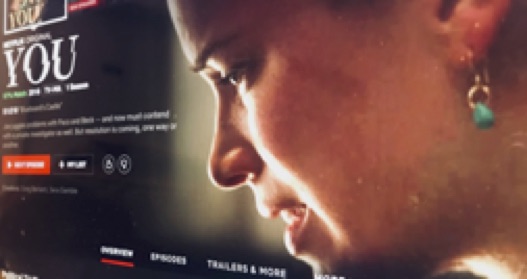
Not all aspects of television serials are wonderful. For one, it requires effort – as of right now it takes over seven hours to watch, and as new seasons are released this number will increase. Moreover, as proved by our experiment, episodes cannot be viewed independently and as a casual viewer or someone who wants to rewatch a few episodes of a beloved show, episodic sitcoms such as Friends are more appealing, and profitable for networks who stream show reruns in unchronological order. Lastly, if YOU continues to succeed with audiences, it may follow the path of many shows that were dragged on with filler episodes, jeopardizing their quality.
In the end, shows like YOU are shaped by its serialized structure, demanding our time and attention, but giving us complexity in storytelling and character development in return. Whether it is a shift we like or not, it looks like this trend is here to stay and shows like YOU will continue to be produced and consumed by eager audiences. Remember, the “last time this happened — in 19th century England [with] narrative serialization, the novel changed for good” (Jones).
Works Cited
Andreeva, Nellie, and Nellie Andreeva. “Lifetime Buys Drama From Greg Berlanti &
Sera Gamble, Sets Premiere Date For Euthanasia Series ‘Mary Kills People’: TCA.” Deadline, Deadline, 13 Jan. 2017, deadline.com/2017/01/lifetime-thriller-drama-greg-berlanti-sera-gamble-mary-kills-people-premiere-date-tca-1201885418
Jones, Chris. “TV Storytelling Could Change Our Stories for Good.” Chicago Tribune, Chicago
Tribune, 22 Mar. 2014, www.chicagotribune.com/entertainment/theater/ct-serialized-tv-stories-column.html.
Mittell, Jason. Complex TV: the Poetics of Contemporary Television Storytelling. New York University Press, 2015.
Romano, Nick. “Netflix Puts ‘YOU’ on Track for over 40 Million Member Views in First Four Weeks.” EW.com, EW.com, 17 Jan. 2019, ew.com/tv/2019/01/17/netflix-you-ratings/.
